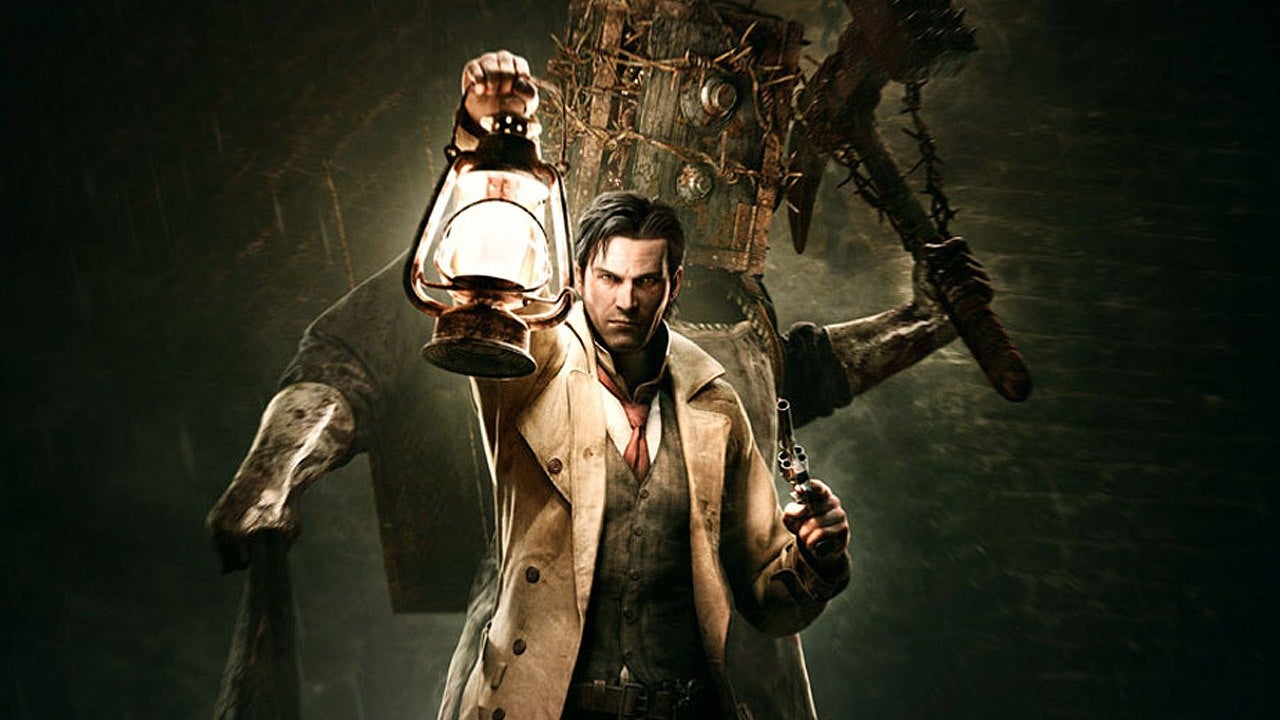Products You May Like
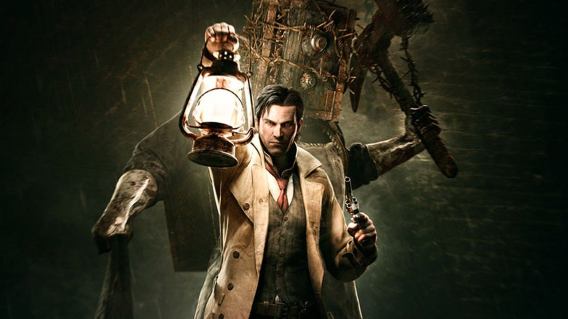
There’s very little to say about Shinji Mikami that hasn’t been said already. Creating the Resident Evil and Devil May Cry series is where most will know him. Maybe you were a fan of his collaborations with Goichi Suda on the eclectic standalone Killer 7 and Shadows of the Damned. But regardless of how you know him, it’s hard not to. Mikami stands as a giant among men when it comes to video game directors.
But among the hitmaker’s expansive catalog of games, none seem as divisive as his 2014 release, The Evil Within.
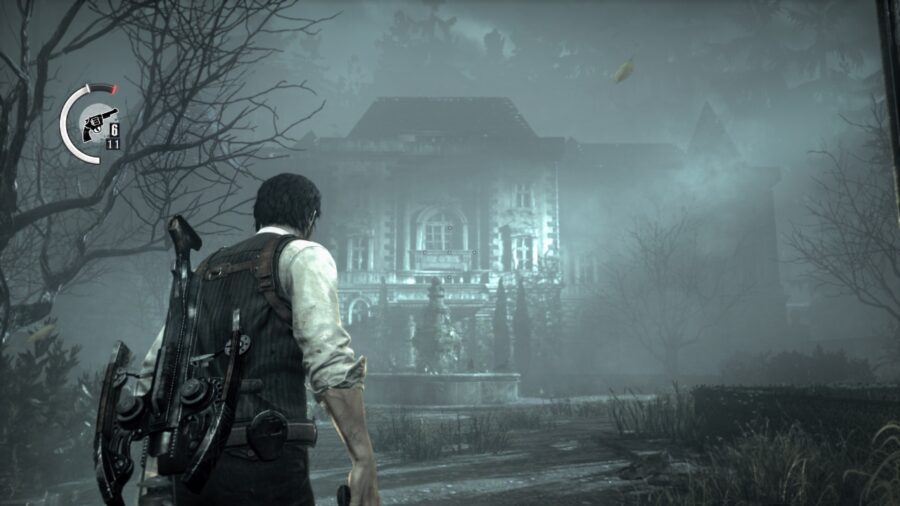
In Evil Within, you play as hardboiled detective Sebastian Castellano. Sent to deal with a massacre at the local Beacon Mental Hospital, you become trapped in an alternate world designed by the mysterious psychic serial killer Ruvik. As all hell breaks loose around him, Sebastian has to fight and claw his way through a living nightmare to uncover the mystery of who Ruvik is and how to save Krimson City from his reality-bending apocalypse.
That Was Then, and This Is Now
Arriving at the 10th anniversary of The Evil Within, it’s hard to forget how palpable the excitement for Mikami’s shiniest, newest toy was back in 2013 when it was first announced. The gameplay footage of Evil Within’s first chapter that hit E3 like a bombshell was all people needed to fall in love with it: running and hiding from a chainsaw-wielding madman, eventually taking a gory waterslide down a funnel of blood in a trap-filled asylum. All this to escape into a crumbling city where the buildings and streets themselves are shifting to stop you. It is off-the-wall wild and, to this day, one of my favorite intro sequences to any video game.
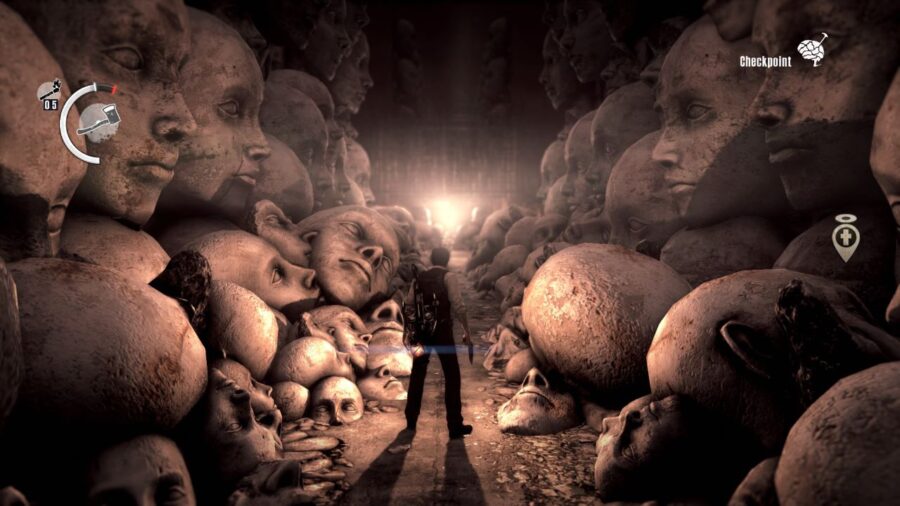
As was expected, Evil Within saw plenty of favorable reviews from gaming outlets at its launch in 2014. But for many players, the seemingly unstoppable hype train came to a screeching halt with its technical issues. Beyond being a demanding game that struggled on consoles thanks to its advanced lighting and textures, it was controversially locked at 30 FPS to achieve that visual clarity. Combine this with being letterboxed and having film grain, and you have heaps of complaints against Mikami’s much more literally cinematic vision for the game (a proactive choice, considering how many AAA games in the past few years seem to be following that lead).
Vying against Alien: Isolation in the same year, and with previews of Until Dawn and the juggernaut Bloodborne releasing for 2015, Evil Within saw its day in the sun come and go. None of its three DLCs made even a fraction of the splash that the initial release did. Even today, after patches have remedied most of the game’s issues, it remains a polarizing title because of its off-kilter landing. But does it deserve its controversial reputation? After all this time, did The Evil Within deliver?
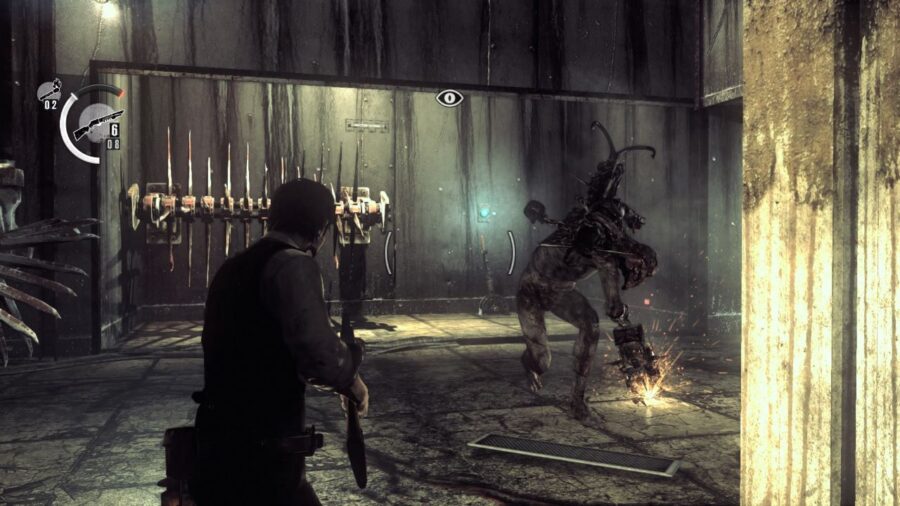
A Decade Later, Gameplay and Graphics That Still Kill
Playing in 2024, it’s astounding how well it holds up. While it will obviously run easier on modern PCs ten years after the fact, the graphics surprisingly hold their own against newer releases like Control and the Dead Space remake. Having said that, I also can’t blame people for their issues with the game’s look at launch. While I respect Mikami’s vision, the film grain and letterboxing, along with a bouncy camera, are distracting, and you need to fiddle with the settings a fair bit to get it looking right for you and your setup.
The apparent intent of gameplay is to emulate Resident Evil 4’s without much of its campy, over-the-top action You always need to run around, scrounge for bullets, sneak, and steal anything you can to get the advantage. You’ll fear powerful picking up the enemy’s weapons and setting them on fire while they’re down, but only because you rarely feel like you have the upper hand. When that thrill passes, you’ll always be planning for the next unfortunate moment when you fire your last bullet.
This all goes out the window in Casual difficulty, of course, where ammunition is plentiful, and there are heaps of upgrade materials for players to enhance Sebastian into a faux-Leon Kennedy. The gameplay loop is still incredibly satisfying, blasting through crowds of Haunted, dodging their attacks, and landing critical blows that explode with blood. It’s night and day when you trade fear for a fun shoot-’em-up experience, but that’s quite fine.
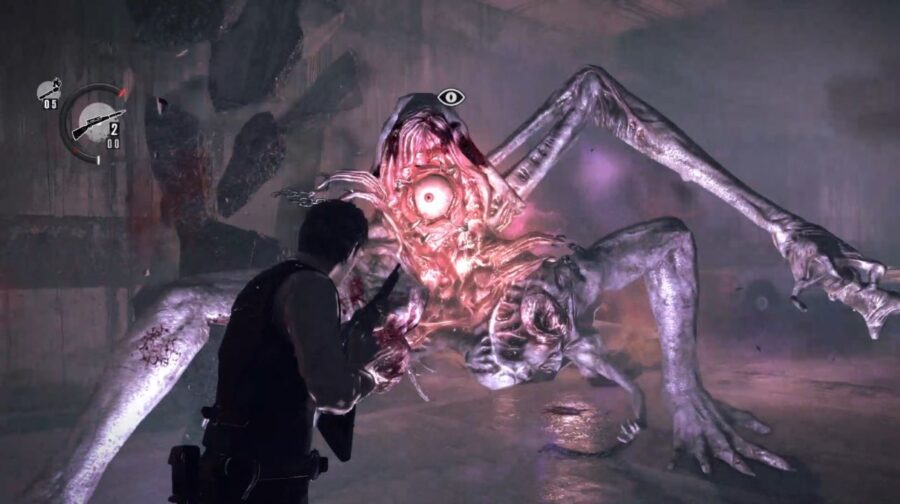
Nightmare Environments and Panic-Inducing Bosses
Mikami and lead production artist Ikumi Nakamura made an incredible-looking game in service of this gameplay, populating a horrifying surreal world with creative enemy designs and sometimes completely surreal environments. Nowhere is this more evident than in the boss fights, with Evil Within boasting two of the greatest in horror game history.
The first is a battle with the Keeper, a safe-headed, hammer-wielding demon that respawns around the level as you try to free yourself from a room quickly filling with poison gas. Seeing him rise through the fog of death and be reincarnated into one of the many safes strewn through the area is unforgettable and terrifying when trying to escape one of his barbed-wire bear traps.
The second is the final encounter with Laura, a cross between an onryō and a giant spider who chases you through a flame-spewing furnace arena. Hitting switches to escape pillars of fire blocking your path, and seeing her teleport around your gunshots sends you into a full-tilt panic, something that doesn’t cease to impress me. Both these fights are the definition of pulse-pounding. When you manage to defeat them, revenge feels sweet. If you play this game for anything, let it be these two.
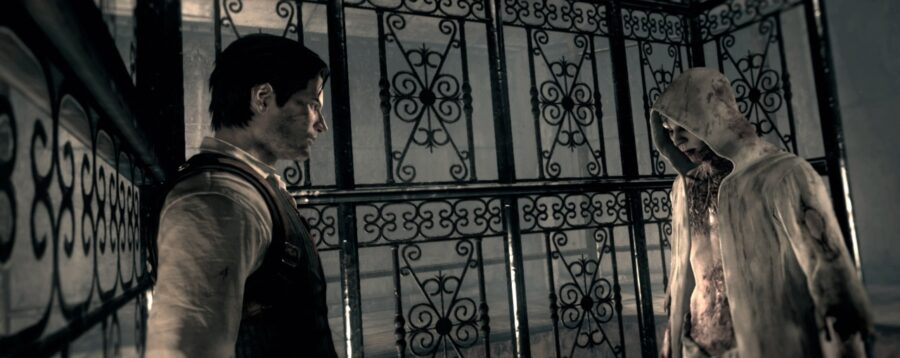
A Villain That Takes Center Stage
The most common critique you’ll find of Evil Within is that its story is “weak,” but in between its chaos and explosive fights, it manages to weave an impressive tale of loss, desperation, and the making of a monster. Ruvik, voiced by Jackie Earle Haley at the top of his game, is a villain worth dissecting. He is in himself a puzzle you piece together chapter by chapter and boss fight by boss fight.
One of the obvious downsides of this is that Ruvik is the only one with a role in the story. Though Sebastian could have been just as interesting, given that his and Ruvik’s stories are clearly meant to mirror each other, his characterization is relegated completely to journal entries, poorly written walls of text spaced all too far and few between. Why this decision was made instead of audio logs or extra cutscenes when you have Anson Mount voicing your protagonist is beyond me.
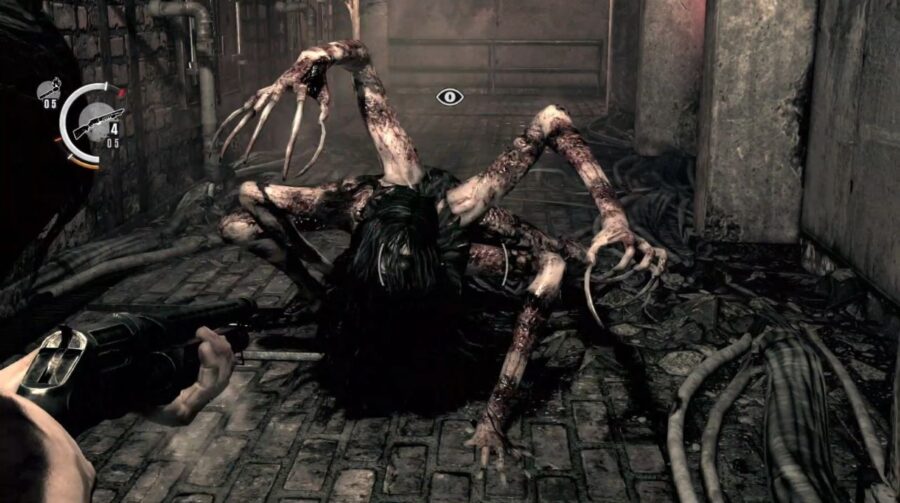
A Rush to the Ending and a Race to the Bottom
Most of my critiques are minor, like the rudimentary stealth mechanics and the sometimes unforgiving encounters (and boy, oh boy, am I tired of hearing “Clair De Lune” and being flash-banged every time I want to go into a save room). But the game’s most damning flaw is that the suspenseful fun crashes out in the final quarter. The last few chapters offer maybe two interesting boss fights that are over all too quickly. The game feels most rushed in its last chapter, with a slog of an arena shootout and an oddly bland clash with Ruvik to wrap the story up.
Evil Within is talked about a lot less than its sequel in survival horror circles, and my sneaking suspicion is because its replay value is dealt a fatal blow by its ending. Though the mystery of Ruvik and the STEM device is resolved interestingly, the inconsistent pacing and level design flounders. Finishing the game feels like getting on the last big roller coaster ride at a theme park, just for it to move at quarter speed and roll quietly back to the start. Unlocking an assault rifle and rocket launcher means little to nothing when you know it’s going to be used, replaying the drag of the last three or so hours, on top of sucking out all the tension from the room.
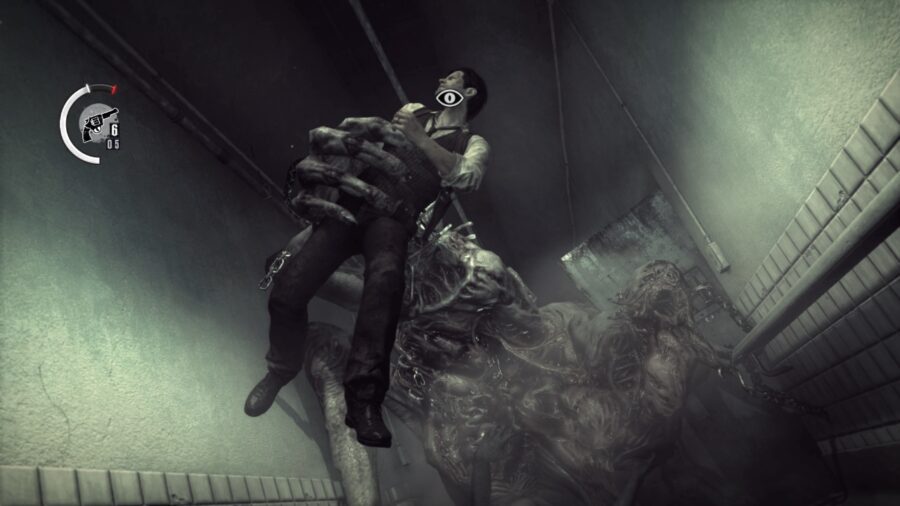
Tense and Atmospheric Didn’t Cut It
Therein lies the heart of the issue. Mikami’s team delivered on everything they said they would; Evil Within is tense, atmospheric, tough, grotesque, and satisfying to see through to the end…but only really on the first go around. This game, even a decade from launch, is a bonkers, violent ride through a grimy hellscape that stalls out before the finish line. Flaws and all, it is a game everybody should play at least once, not for its ending, but despite it.
You can run through Devil May Cry time and time again. Killer 7 will always be an unparalleled experience aesthetically and story-wise. And we’ve all got a few Resident Evil games we want to replay one more time before we die. But while The Evil Within is a good game, a great game at times, it is a one-and-done experience. And knowing that hurts worse than any of the monsters here can.
Categorized: Editorials
